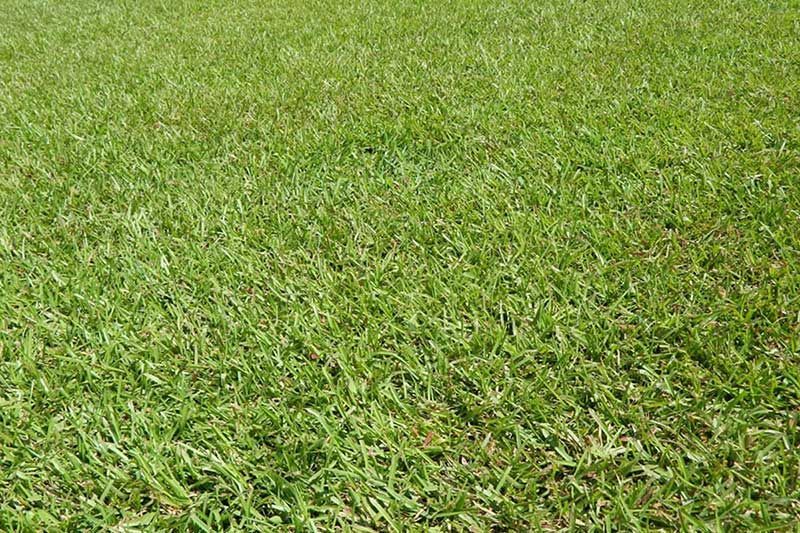WE DO NOT SELL ARTIFICIAL TURF
Centipede
Centipede (Eremochloa Ophiuroides)
NOTE: Please order your Turf 1 Day in advance.
Due to the impending summer heat it is not possible to stock and guarantee
the freshness of excess Sod at our Tanner Road location at this time.
This creeping perennial is well adapted to the sandy, acidic soils of low fertility and requires low maintenance. Centipede grass doesn't perform favorably South of Montgomery County, Texas. It spreads by stolons and has a coarse texture with short upright stems that grow to about 3-5 inches and requiring less mowing, survives in mild cold temperatures as long as there aren’t several hard freezes since it doesn’t go into a true dormancy and with light freezes will turn brown but as soon as the temperature rises it will recover and green up. Being a low growing grass it is a favorite of busy lawn growers with a much longer period of days being added to the mowing cycle. Low fertilization (with low phosphorus) requirements can be met by a yearly application. Too much nitrogen can produce growth but cause problems with insects or disease. Centipede is rather drought tolerant and when healthy is aggressive enough to choke out weeds and other grasses. In the south this grass will remain green throughout the year. Although the roots are not as deep as Bahia or Bermuda, its close to the ground growth allows for better conservation of water and helps fight drought. Slightly shade tolerant and full sun.
Common centipedegrass is the most "commonly" used variety, and it can be established by either seeding or vegetative plantings.
Ask Our Experts
If you have a specific question or require additional information about Centipede grass.
We are more than happy to help, and will find the best solution for your situation.
©1992 - 2023 Mata-Turf, Inc . |
All rights reserved | Privacy Policy
10408 Tanner Rd., Houston, TX 77041
Content, including images, displayed on this website is protected by copyright laws. Downloading, republication, retransmission or reproduction of content on this website is strictly prohibited. Terms of Use
| Privacy Policy

